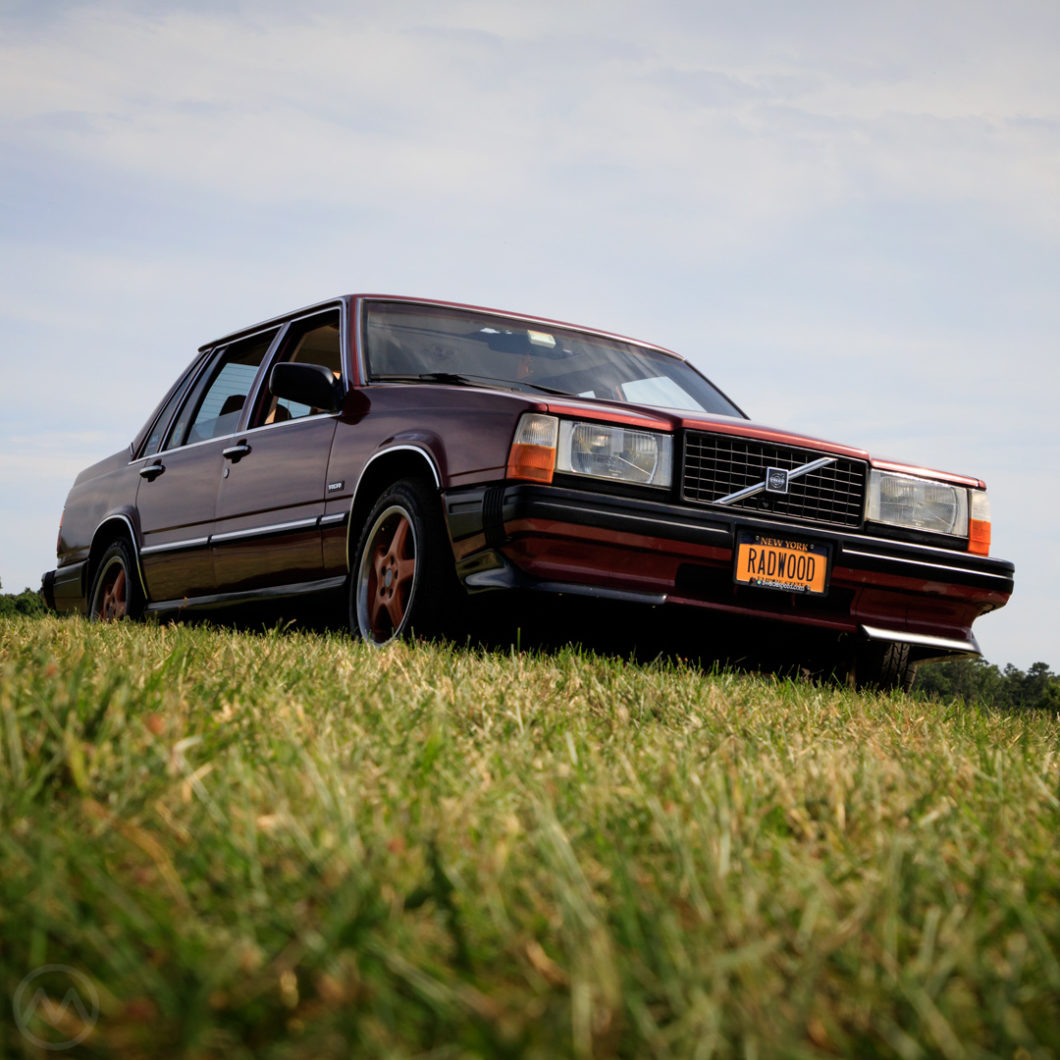The Volvo 700-series profile looks sharp to this day and these cars were the epitome of the popular “boxy Volvo,” around for years a hugely successful. But the Volvo 700 series didn’t get off to the easiest start.
Development (at first coded as project NV80/81) began in 1975 at a tough time for Göteborg. The DAF acquisition and slow start to Volvo 340 sales were costly.
At the same time U.S. sales slumped badly in 1976 and 1977 – leaving Volvo wildly overstocked. That ended plans for a Virginia factory and also played a part in scuttling a proposed merger with Saab (whose board rejected the idea).
The 700 didn’t arrive for 7 years because circumstances, and therefore plans for the car, kept changing during the development phase. The 700 was one of the first European cars to extensively use consumer clinics. The goal was to build a more premium car than the 200, but one which was about the same size and utilized existing powertrains (to help keep costs down).
5 Minutes to Midnight
The name became “P31” and later “1155” in 1978 – a name half-jokingly derived from the international “doomsday clock” since it was unsure if the project would continue.
At one point, Volvo management badly wanted respond to OPEC II by abandoning 1155 and building a car to slot between the 340 and 200. That car became the 1980s 400-series – but 1155 was very far along, so it plowed ahead. The finished car went on sale in February of 1982 as the 760.
After nearly 15 years without a brand new design, the 700 was radical but like all things Volvo evolutionary. The 760 was a de facto premium car, and those early ones used a Peugeot-Renault-Volvo (PRV) V6 or Volvo’s D24TIC turbodiesel I-6, actually sourced from VW.
At first, the cars were criticized for appearing and feeling “too American.” Jan Wilsgaard’s angular lines looked a little like a GM’s 1982 A-body cars from a distance, and were visually deceptive. The cars looked low, long and wide but was no bigger than the 240.
Roomy, comfy, and built like a bank vault, the cars exuded quality inside and out, but the early 760 was dinged by critics for being slow and soft and looking too much like “GM cars,” in particular the previously-mentioned 1982 A-cars. This despite the fact that it was nothing like those cars to drive.
740 to the Rescue
The six-cylinder 760 was joined by the four-cylinder 740 for 1984, which used proven engines from the 200-series, some of which were extended to the 760 – the 2.3L turbo four was actually much more capable than the early PRV and certainly the Turbodiesel.
The arrival of the 740 in 1984 and available Turbo engines marked a serious change in character and fortune. Suddenly the car was fast and supple – and the handling got sharper as production continued.
Not all 740s were turbos, but the very good fours made for a really world-class car, although Volvo’s styling went against the grain in the new world of “Jellybean” looks – leading to a late 80s refresh.
The 740 arrived in the U.S. as a 1985 model, and did not have these headlights or some of this trim – the U.S. cars had sealed beams; and the Euro lights were a highly desirable conversion.
The spoiler and Borbet wheels also suggest a Turbo, but this is a regular 740 GLE – high spec, manual transmission – a rare combination when new and one that’s even rarer today. Early 700s are seldom seen now despite the high survival rate of the cars overall.
The 700 went on to be a typically long-lived Volvo, surviving as the 900-series and later S90/V90 into 1998.
This particular car, with this spectacularly appropriate plate, was photographed at a Radwood event in 2019. Radwood celebrates cars of the 1980s and 1990s, which we’re happy to trumpet too.

